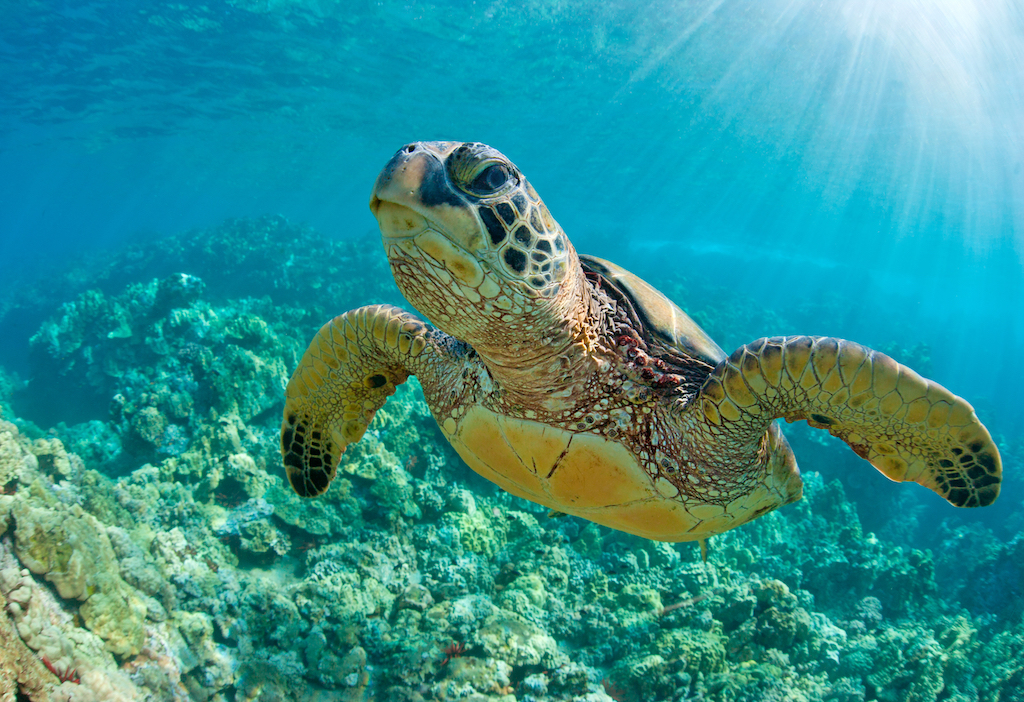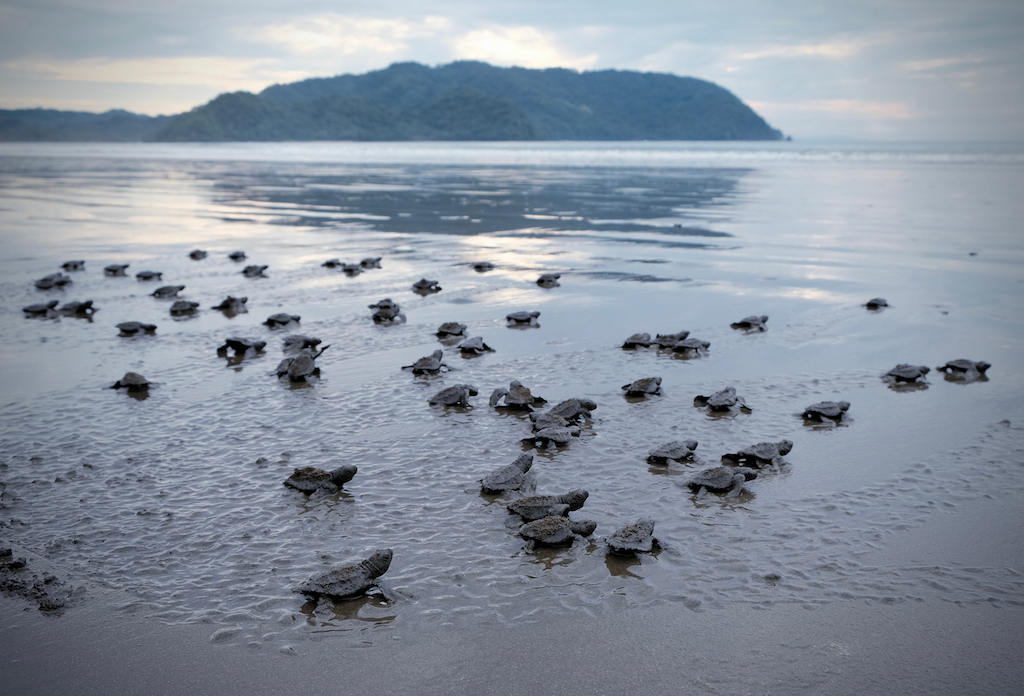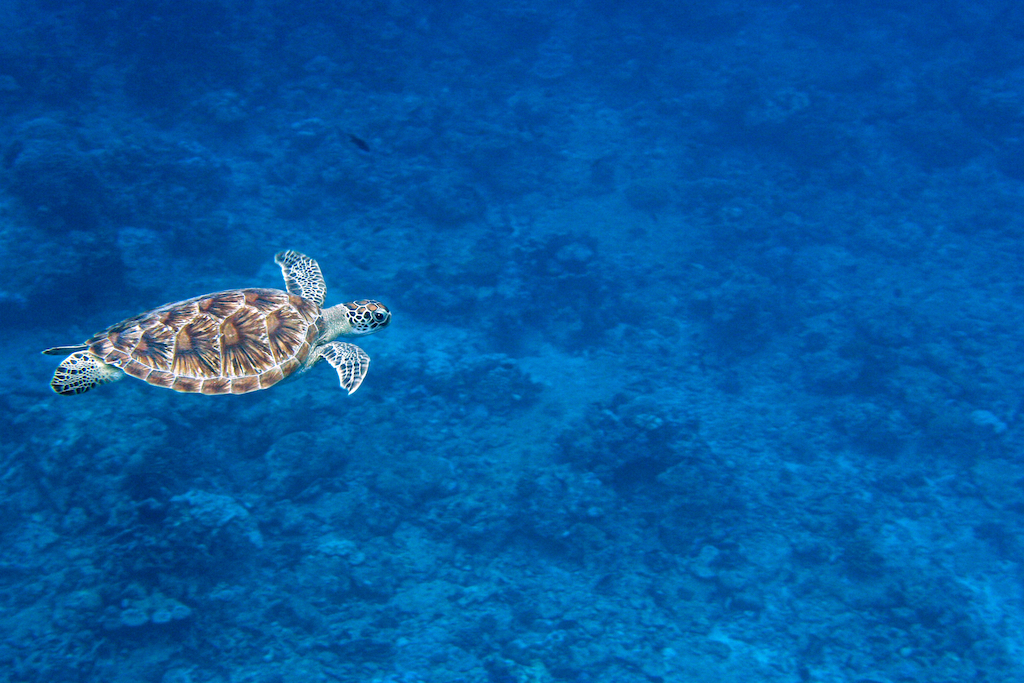Mar 23, 2020
Here, Now, Together: A Time for Reflection and Introspection
In the wake of all the current uncertainty and chaotic energy that is buzzing around the world, it is easy to become consumed in the negative.
Between the ever-increasing contamination rates, fast-changing decrees that prohibit some of the freedoms we’ve taken for granted (i.e., surfing, buying brews, social gatherings in public places, community yoga classes), the anxiety that accompanies food shopping, and watching as millions of people hoard things like toilet paper and meat, it’s understandable to feel angst.
But if we ride out this pandemic in a state of negativity, we are doing ourselves and the world a disservice by missing the bigger picture.
Collectively as humans, we have lived for generations like we own the Earth and that her resources are infinite. We act as if our lives are superior to any other living creature. We behave like we are indestructible. We live like there is always a tomorrow, and that our work, money, material possessions, and social media presence take precedence over health, family, the environment, and real happiness.
When we are forced to spend time with ourselves and are removed from our norm, it is possible to gain a clearer perspective on what is really important and what needs to change within and collectively. For many, spending time alone or more confined than usual is difficult at first because we aren’t used to it. But we must remember the most important relationship is our relationship with ourselves, and perhaps that is the relationship that has been neglected for too long.
If you are fortunate enough to have a home where you feel safe inside, have the basic supplies to sustain for a while without going out, and have support from friends and family, then the best thing you can do is just be and let be; you can’t control the uncontrollable. And while this all unfolds as it’s going to, this time can be used to reflect and reconnect.
While we’ve been urged to social distance, it has already become apparent that we are becoming more connected than ever. Many of us are actually picking up the phone and catching up with family; we are live video chatting with groups of friends that we’ve long since seen their faces to cope with physical isolation; we are exercising in our living rooms, playing games and doing arts and crafts; we are taking the time to prepare meals and bake cookies; we are drinking more water.
We are slowly waking up.
And while times ahead will undoubtedly be challenging for everyone in different ways, switching our conscious mindset from purely negative to the positive is a powerful coping and healing mechanism. We should take comfort in knowing that we are in this together. When was the last time the entire world was basically on a similar page? And so long as everyone abides by the safety advisories, we will overcome this somehow, someway, someday.
In the meantime, find solace in your space.
Find peace in a place within that maybe you haven’t accessed in a long time.
Find positivity in the present.
Find healing in your home.
And from the entire RipJack Inn family we are sending out our love and light to each and everyone of you.
More Details

